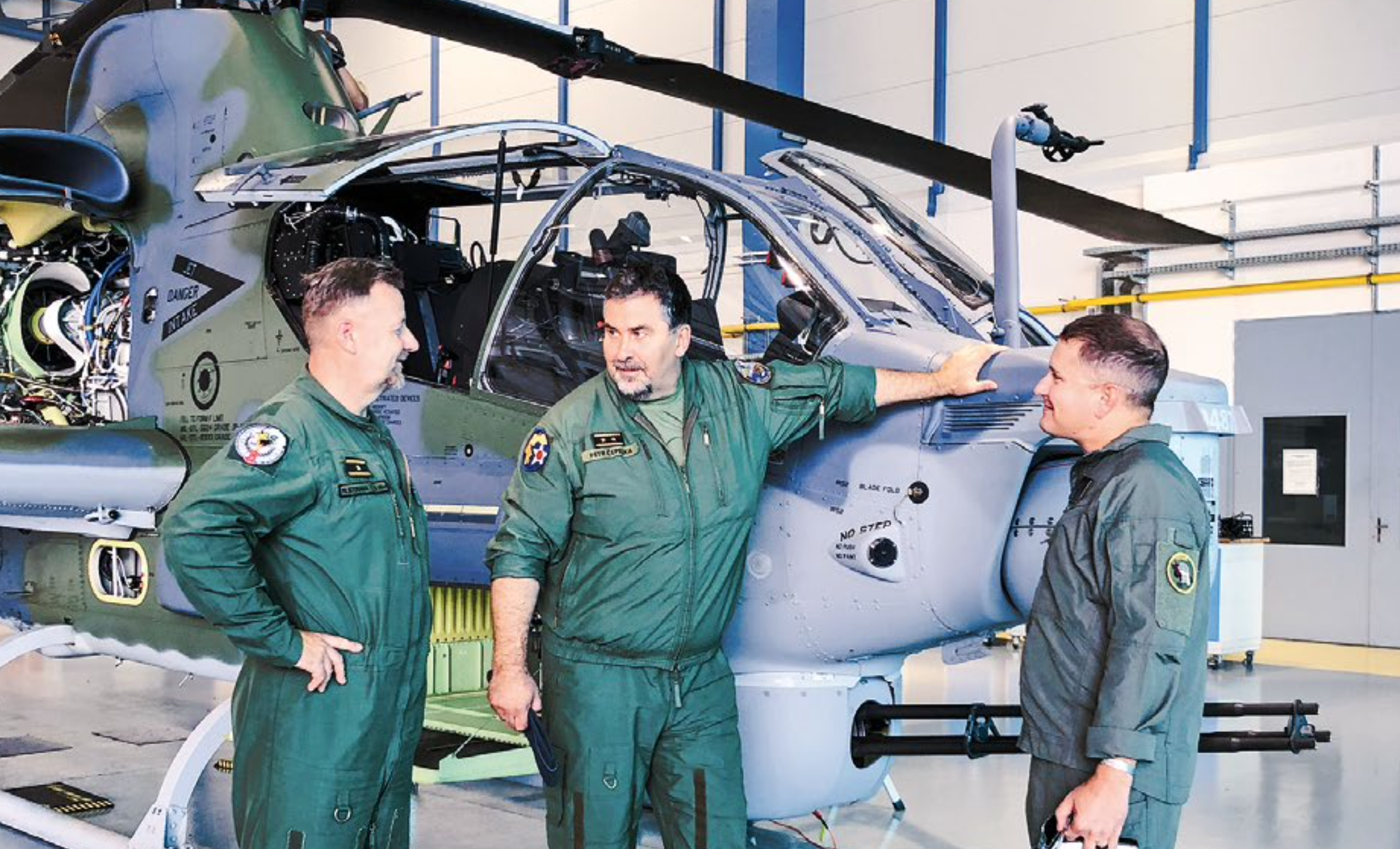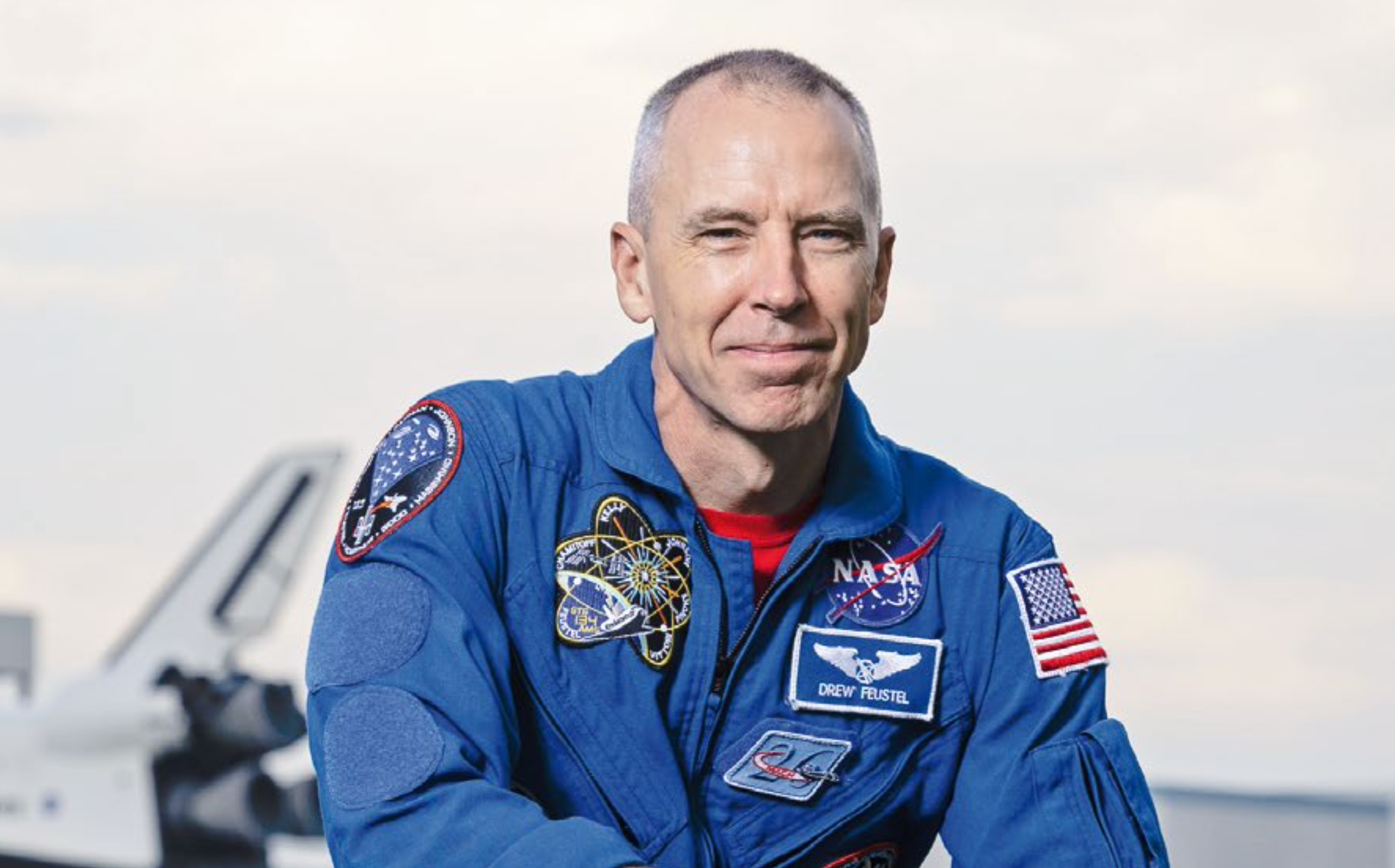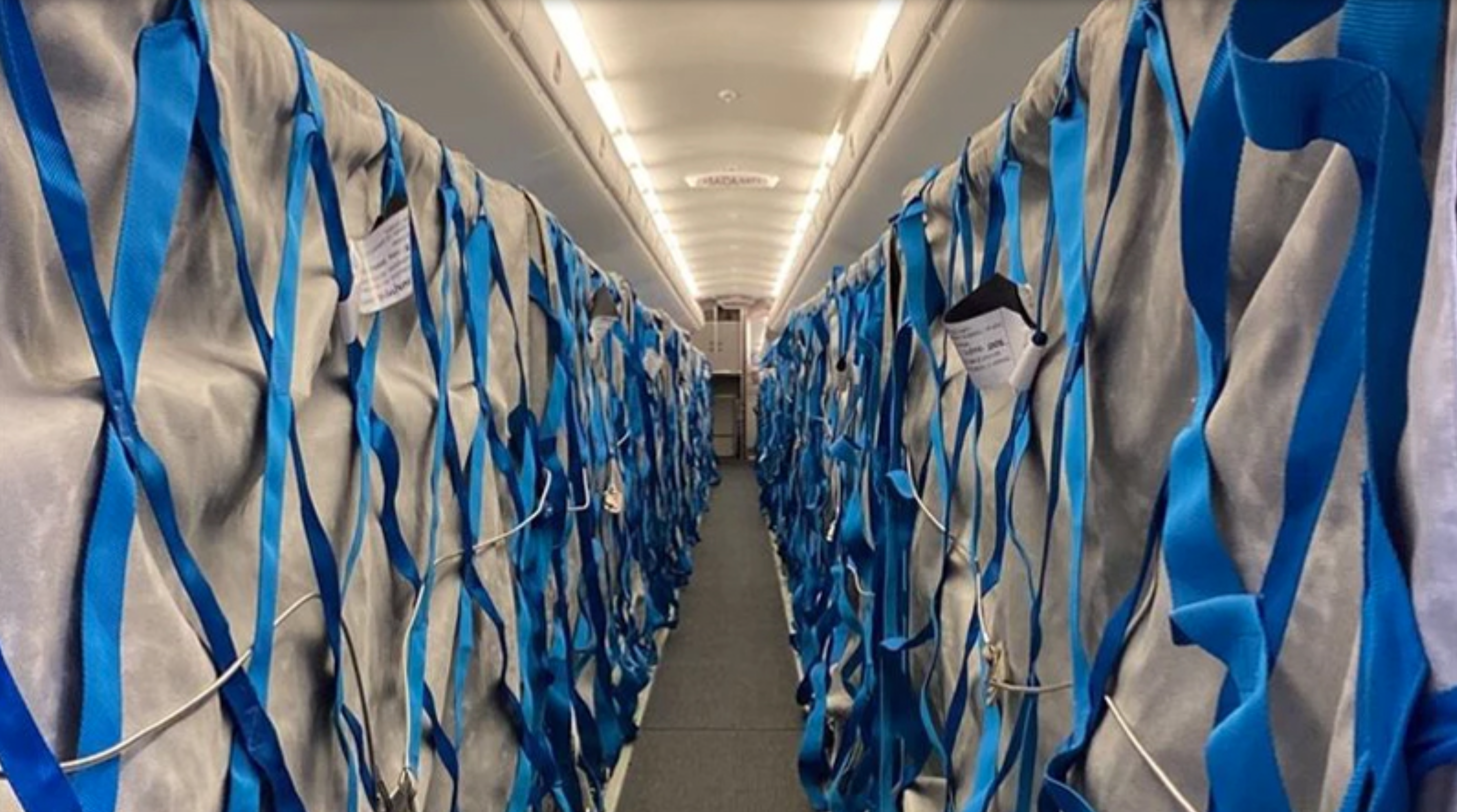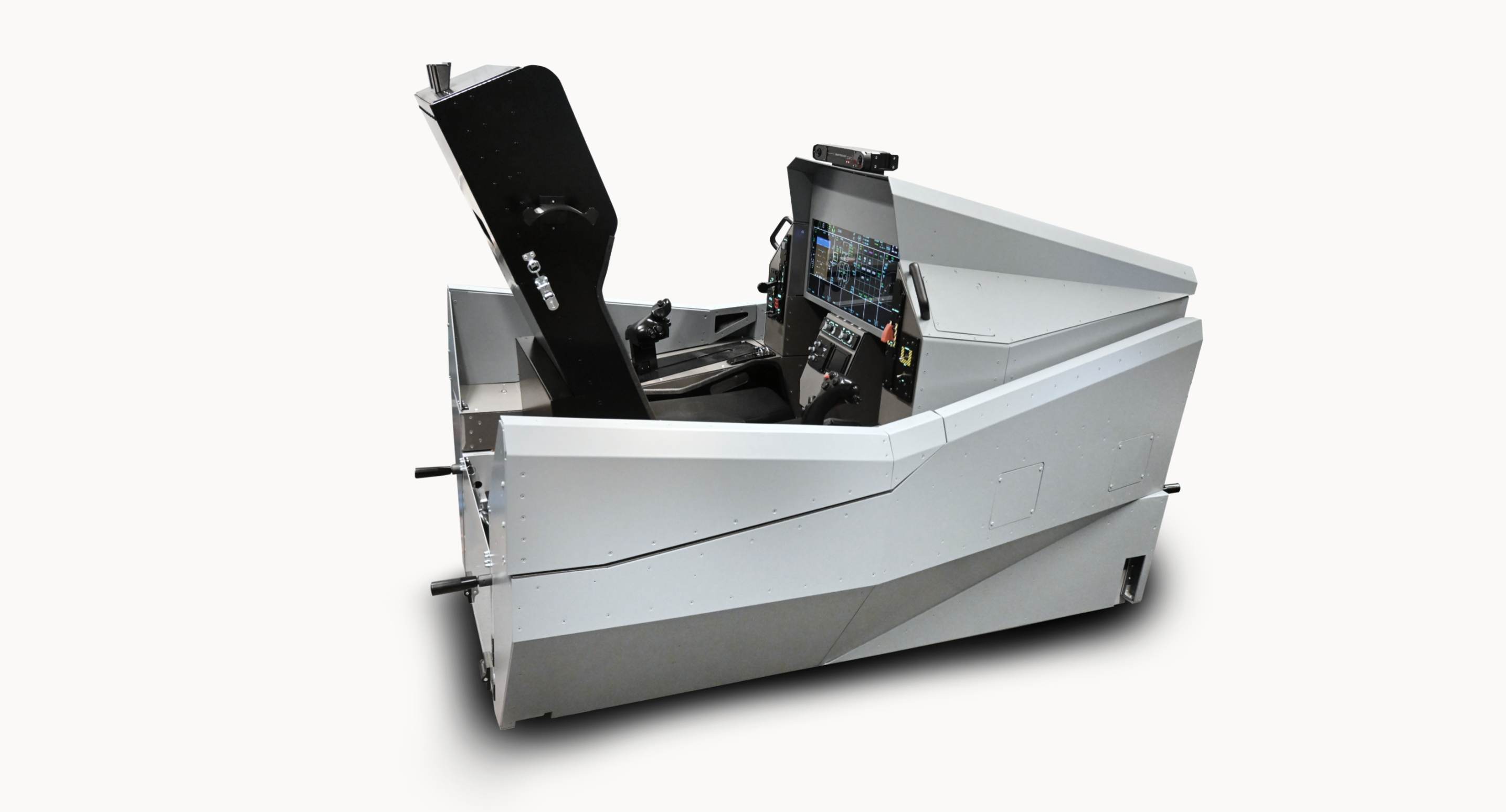The global airline industry has experienced some of its safest years ever in terms of fatal accidents recently, despite a number of crashes. However, the long-term improvement in its risk management record is challenged by a growing number of insurance claims and risks, according to aviation insurer AGCS.
More costly repairs and engine claims, damage from foreign objects such as bird strikes, ground collision incidents, slips and falls, fleet groundings, mis-fueling incidents, and liability awards, are just some of the areas in which insurers are seeing heightened loss activity, AGCS highlights in a new report Aviation Risk 2020: Safety And The State of The Nation, produced in partnership with Embry-Riddle Aeronautical University, the largest, fully accredited university specializing in aviation and aerospace.
“Thankfully, fatal air accidents involving the modern generation of commercial aircraft are now infrequent and the past few years have been among the safest ones in aviation history,” says Tom Fadden, Global Head of Aviation at AGCS. “However, the headline improvements in safety shouldn’t lull the aviation industry into a false sense of security. The sheer volume and magnitude of aviation losses are often underestimated – at any time Allianz alone will handle thousands of claims. And be it grounding incidents or collisions with drones – there are also many new risks on the horizon which airlines, manufacturers and airports have to prepare for.”
The report, which analyzes more than 50,000 aviation insurance industry claims worth more than €14.8bn ($16.3bn) from 2013 to 2018 [1], reveals that collision/crash incidents currently account for over half the value of all claims (57%) equivalent to €8.4bn ($9.3bn) – and over a quarter of claims by number (27%). In future, more costly grounding incidents, business interruption incidents resulting from cyber and drone events, and more incidences of turbulence are just some of the trends expected to have an influence on the loss landscape, the report notes.
Claims trends
“Overall, aviation insurance claims are increasing in frequency and severity driven by higher values of aircraft, increased repair costs and rising liability awards for crash victims,” says Dave Warfel, Regional Head of Aviation, North America at AGCS. “The volume of claims is also a reflection of growth in air transport, with increased passenger numbers and more congested airports, as well as growing demands on airlines, manufacturers and ground services.”
The fact that collision/crash is the top cause of aviation insurance claims is not just driven by major aviation disasters. Such claims also incorporate incidents such as hard landings, bird strikes and incidents on-the-ground. For example, the average runway incident claim totals around €1.7mn ($1.9mn). Faulty workmanship/maintenance is the second top cause of claims, followed by machinery breakdown.
Modern aircraft with sophisticated engines and built with light carbon materials can be more expensive to repair, contributing to more expensive claims. The increasing complexity of aircraft design, technology and manufacturing are also leading to more costly grounding incidents, involving entire fleets, as in the case of the redesigned Boeing 737 Max, which remains grounded following two fatal crashes within five months in 2018 and 2019. “Such incidents highlight the challenge in finding technical solutions to complex problems, which increases the time it takes to get grounded aircraft back into operation. Civil aviation and airline safety authorities have grown increasingly cautious and rightly so. However, this will likely result in more, and longer, groundings of aircraft in the future,” says Warfel.
Future challenges
The report also highlights that a range of new risk scenarios is emerging. For example, the projected demand for around 800,000 new pilots over the next 20 years – double the current workforce – brings challenges in recruitment and training, particularly in flight schools. Meanwhile, questions continue to be raised about pilots’ overreliance on aircraft automation systems. A number of recent accidents highlight that pilots need to be better prepared to be able to take manual corrective actions in the event of a technical malfunction.
Incidences of turbulence are predicted to increase in future due to climate change with the North Atlantic flight passageway anticipated to see the greatest increase. Thousands of flights cross the Atlantic every day. Extreme turbulence can cause structural damage to aircraft, which can cost millions of dollars. The growing number of drones in the skies and cyber risks such as hacker attacks, systems outages and data breaches are also expected to have a significant impact on the aviation loss landscape in future.

Three of the past four years the safest ever
The report also highlights the ongoing decline in the number of fatal accidents over the past 60 years – a period when passenger growth has increased significantly. Between 2008 and 2017, there were 2,199 fatalities from 37 commercial passenger jet fleet events globally – less than 8% of the total number since 1959 [2]. In 2017, for the first time in at least 60 years of aviation, there were no fatalities on a passenger jet flight. 2018 ranks as the third safest year ever with 2015 ranked second.
The continuous improvement in aviation safety can be attributed to a number of factors. Safety systems and cultures have improved enormously. Design implementations have had a dramatic impact on accident rates, including aerodynamic and airframe improvements, fail-safe design criteria, improvements to cockpit instrumentation and the increasing number of fly-by-wire controlled aircraft in operation. There have also been significant improvements in manufacturing, aircraft operations and regulation. Finally, improvements in science have also allowed the aviation industry to better understand how human factors affect safety.










